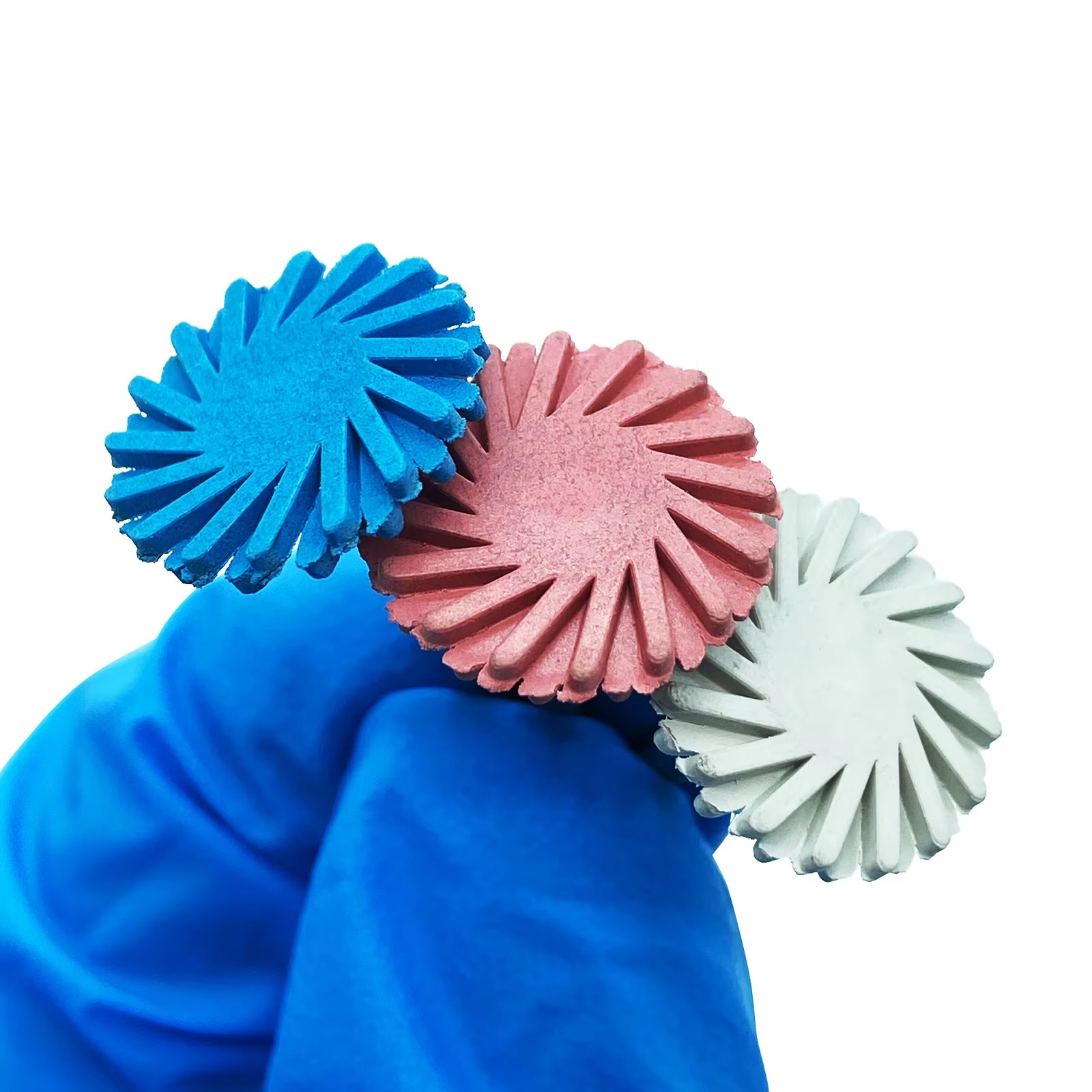Background
After scaling, the tooth surface is rough or scratched, and the tooth surface must be polished. Because after scaling, studies have shown that the cavitation of the ultrasonic scaler can cause tooth surface corrosion, resulting in a 0.66mm point-like surface. Therefore, after scaling, the tooth surface is not smooth, and there are often residual pigments and fine tartar that is difficult to distinguish with the naked eye. Under the catalysis of calcium salt components in saliva, tartar will deposit faster than before. A softer polisher (rubber wheel or cup brush) must be dipped in polishing paste and slowly polished on the tooth surface to remove scratches, so that the tooth surface is smooth and without marks, and plaque is not easy to accumulate. Informal supragingival scaling usually only does the preliminary cleaning work, and omits the step of polishing the tooth surface. In this way, plaque is very easy to form again. Not polishing after scaling is one of the main reasons why patients often complain that the more they clean their teeth, the easier it is to form tartar. For those with severe inflammation, scaling and polishing can be performed in multiple times.
Operation method
When polishing, place the rubber wheel (cup) on a low-speed handpiece, dip it in polishing paste or toothpaste and other polishing agents on the tooth surface, apply a little pressure, extend the thin edge of the rubber cup under the gum, half-step on the foot pedal, rotate at a low speed, move forward in a shingled manner, and polish the tooth surface.

Application materials
The main component of the polishing agent is fine particles of sodium bicarbonate. Some finished products contain low concentrations of fluoride. It can also be replaced by toothpaste or tooth powder. Studies have shown that the use of polishing paste containing desensitizing ingredients has a certain effect on immediately improving dentin sensitivity.
Precautions
The key areas of polishing are consistent with the key areas of plaque control, both of which are the gingival margin and the adjacent surface of the teeth. Only after the gingival margin and the adjacent surface of the teeth are fully polished can the tooth surface be smooth, and plaque re-deposition in these two parts can be avoided, thereby avoiding the occurrence and recurrence of gingivitis.
When polishing, the polishing agent should always be kept lubricated to reduce the heat generated by the friction of the rubber cup during rotation. Excessive polishing will also remove the thinner cementum at the neck of the tooth. Cup brushes are harder and should only be used on crowns to avoid damaging the cementum and gums.
Contact: George
Phone: 0086 138 16216483
E-mail: info@welldentaltools.com
Whatsapp:+86 13816216483
Add: No.685 East Guangnan Interchange, Xinwu District,Wuxi City,Jiangsu of China